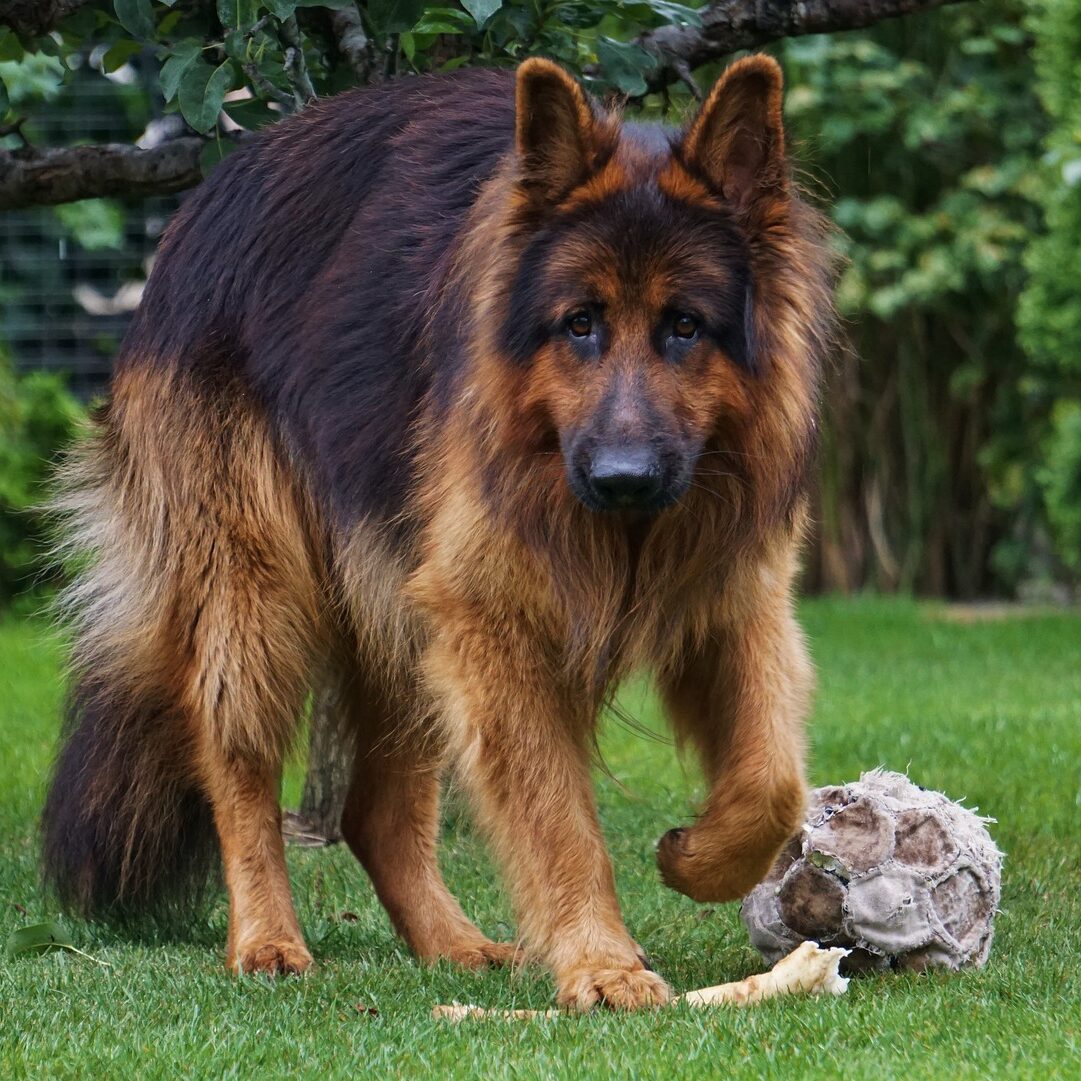When bringing a new dog into your family, one of the most common considerations owners have is the size of the dog. Depending on the age of the dog, be it a puppy, or something older, you may be wondering how big will this dog become once fully grown. To answer this question, we need to thinking about – when do dogs stop growing?
To answer this, first of all we need to recognize that there are different size groups among breeds. We can categorize these as follows:
- Miniature sized – think of a Chihuahua or other toy-like dog. These dogs will reach their full size in about a year.
- Small sized – such as a Beagle, will grow until about the age of 1 and a half – at which point they’ll be at their full size, and weight.
- Medium sized – such as a Golden Retriever, reach their full weight and size around 2 years of age
- Large or Giant sized – such as a Great Dane, will take up to 3 years to fully mature and grow
For most dogs, at 18 months they are probably in the adult stage, with some dogs reaching up to 75 kg at full size! Puppies of larger breeds reach their full physical maturity after a growth spurt between 8 and 14 months.
These puppies can grow into giants, dwarfing even the biggest dogs you’ve seen in the past, such as Labrador Retrievers, Golden Retrievers and Staffordshire Terriers.
Different dogs can grow in different ways, mostly due to the size of the dog when they are adults. Smaller dogs grow much faster than larger ones and reach maturity at a younger age. Toy dogs reach their full growth at around 12 to 13 months of age, while giant breeds take between 18 and 24 months to reach their full size.
Smaller breeds mature faster than larger breeds, which makes sense, but they have less to grow up and do. Small breeds mature much more slowly than their larger breeds. Smaller puppies grow up to the age of their larger counterparts, typically between six and eight months, but they take a little longer. Medium sized dogs take longer to take off and reach their full size at the right time to be considered as adult dogs.
They usually reach their full size after 12 to 15 months, but it can take longer to reach their full weight, typically 18 to 24 months. Smaller dogs, bred for their smaller size and lower weight, can live between eight and twelve months. Large dogs, which are bred, however, have a lot of growth to cope with, as they need about 18 months to reach their full potential and maximum size. They reach half their weight at about 16 – 17 months and reach their entire paw to paw size after about 20 – 25 months.
Miniature schnauzers, beagles and toy poodles all fall into the category of small to medium breeds. In general, small dogs reach maturity of about 12 to 14 months, while these dogs need about 18 to 24 months to reach their full size. Some dogs grow slower or faster, regardless of their size or breed, but there are no guarantees when it comes to how long it takes for a dog to stop growing. They typically do this until the 15th month and need two to three more months to reach their full weight, and they typically do so until the 16th or 17th month of life.
Smaller dog lovers like the Shih Tzu are fully grown – with about one year about as old as their adult counterparts. Breeds such as chihuahua, pug and pekinese need a few months to a year to catch up to their full size.
Most small breeds are almost finished with growth at this point, although they can continue to grow in the next three to six months. Giant breeds like Great Danes and Great Danes need up to eighteen months to reach their full size. Large dogs, such as German Shepherds, can take up to two years to really fill their frames. Once they are fully filled, these larger dogs fit much better into the body of their owners than their smaller counterparts.
Large and giant breeds tend to continue to grow until they are 12 to 24 months old, but medium-sized dogs often continue to grow for a few months. Smaller dogs such as Labrador Retrievers, Chihuahua and Staffordshire Bull Terriers can grow up to six to eight months after their first birthday.
At six to eight months, many puppies have a limp, awkward look that is quite adorable, and everyone agrees that puppies are the cutest thing in the world. The question of when dogs stop growing has a wide range of answers, but they are not too different from each other.
It is important that you think about the adult size of your dog when bringing her into your family. Your dog will become part of the family, and if the dog becomes too big – it will be traumatic for you to give the dog away once they have become an adult, so please keep in mind that you are making a commitment when bringing a dog into your family, and hopefully they will be with you for their full life.



